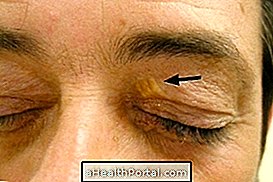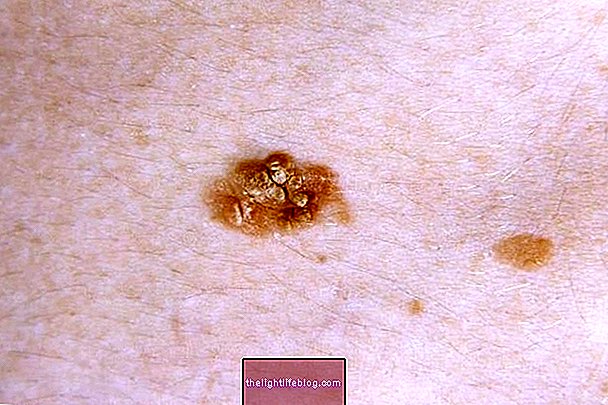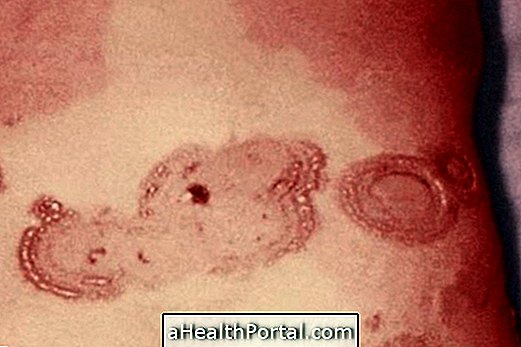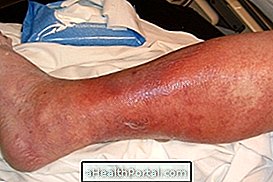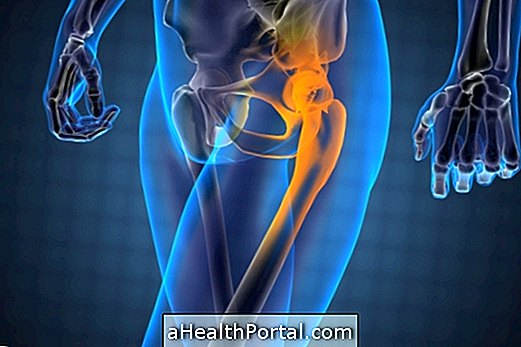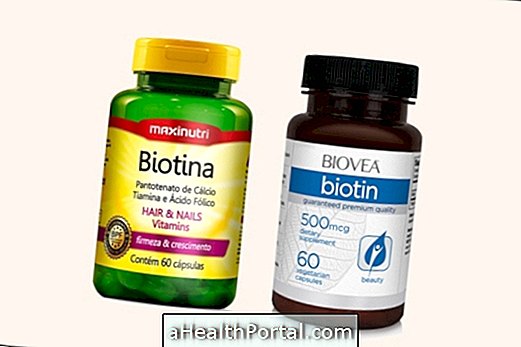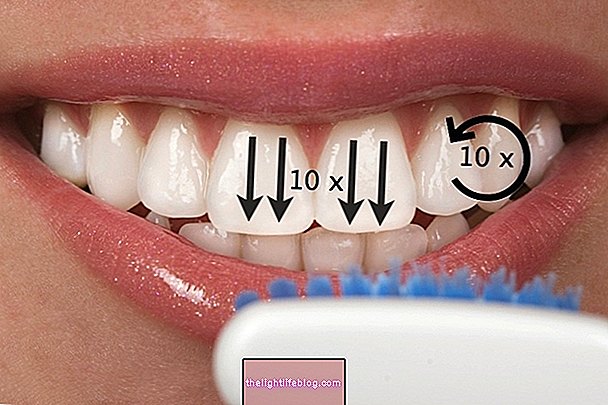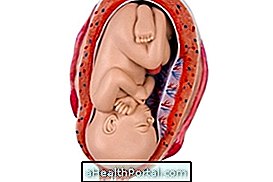Nodular prurigo, also known as Hyde's nodular prurigo, is a rare and chronic skin disorder characterized by the appearance of itchy skin nodules that can leave spots and scars on the skin.
This change is not contagious and occurs most often in women over 50, appearing mostly in the arms and legs, but can also appear in other regions of the body such as the chest and belly.
The cause of nodular prurigo is still not very clear, however it is believed that it can be triggered by stress or be the result of an autoimmune disease, and it is important for the dermatologist to identify the cause so that the most appropriate treatment can be indicated.

Main symptoms
The main symptom of this disease is the appearance of lesions in the region of the arms and legs, which have the following characteristics:
- Irregular nodular lesions between 0.5 and 1.5 cm in size;
- Purple or brownish lesions;
- They may have dry regions, with cuts or cracks;
- They have a protrusion, being elevated in relation to the skin;
- They can develop into small wounds that develop small scabs.
Another very important symptom that arises is the itchy skin around these lesions, which tends to be very intense and difficult to control. In addition, it is common to observe several lesions in the same place that are separated by a few centimeters, and can appear on the legs, arms and trunk.
Causes of nodular prurigo
The causes of nodular prurigo are not well established, however it is believed that the appearance of the lesions can be triggered by stress, mosquito bites or contact allergies, resulting in the appearance of the lesions and itching.
Other conditions that may also be related to the development of nodular prurigo are dry skin, dermatitis, autoimmune and thyroid disorders, for example.
How the treatment is done
The treatment for nodular prurigo must be done according to the dermatologist's guidance and aims to control the symptoms, usually a combination of drugs to be applied directly to the skin or to be used in oral or injectable form.
Generally, topical remedies applied are ointments containing corticosteroids or capsaicin, a topical pain reliever that anesthetizes the area and relieves symptoms of itching and discomfort. In addition, injections are often made using medications such as Triamcinolone or Xylocaine that have anti-inflammatory and anesthetic action.
In some cases, when the presence of indicative signs of infection is also verified, the use of antibiotics may be recommended by the doctor.
Was this information helpful?
Yes No
Your opinion is important! Write here how we can improve our text:
Any questions? Click here to be answered.
Email in which you want to receive a reply:
Check the confirmation email we sent you.
Your name:
Reason for visit:
--- Choose your reason --- DiseaseLive betterHelp another personGain knowledge
Are you a health professional?
NoMedicalPharmaceuticalsNurseNutritionistBiomedicalPhysiotherapistBeauticianOther
Bibliography
- PÔRTO, Luiz Alberto B. Papulopruritic dermatoses. Available in: .
